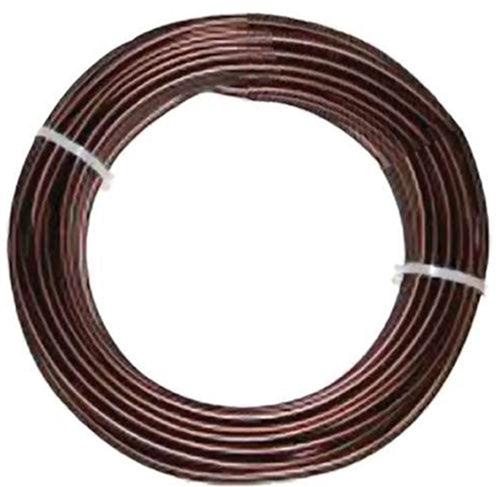
I found the photos shown here on Loren Buckston's buckstonebonsai. Altogether Loren featured twenty three photos on the evolution of this remarkable yamadori Colorado Blue Spruce. I've picked a small handful to provide a glimpse into the story and to encourage you to visit buckstonebonsai for the whole story
I've also borrowed some text from Loren, including the fascinating story about the environment that produced and sustained this tree and other unique Colorado blue spruce. The following is in Lorten's own words...
"This Colorado Blue Spruce was collected by Jerry Morris from a very unique fin or microclimate in Colorado. The Colorado Blue Spruce in this area grow on a very thin layer of soil, which manages to sustain over a river bed. During the growing season, roots grow into the river bed for moisture, but then are essentially sheared off every winter when the river freezes. This results in some very unique forms, often with exposed, crawling trunks and interesting deadwood. Colorado Blue Spruce is the only conifer that grows in this microclimate."
Continued below...

Part of the creek bed where the tree was dug
Continuing with Loren's text..,.
"This tree was purchased from Todd Schlafer of First Branch Bonsai in 2013, which also marked the beginning of my study with Todd. Todd is an incredibly talented and hard-working individual, who has managed to propel himself to the top tier of bonsai professionals in the US in a very short period of time. This is despite not having a formal apprenticeship in Japan....."

Here it is, not too long after being dug
 Skipping way ahead to several years later (the spring of 2017), here's Todd potting it in the pot you see at the beginning and end of this post
Skipping way ahead to several years later (the spring of 2017), here's Todd potting it in the pot you see at the beginning and end of this post
More from Loren...
"...the tree was ready for its first bonsai pot. Repotting is one of Todd’s strengths – in particular the first repot from the container used after collection. This repot is the most difficult and often requires a certain level of engineering. For this tree, Todd used three wood blocks to brace the tree and position it at the right angle. After filling the container, long pieces of sphagnum moss were placed along the areas with exposed roots, and then a fence was built using a small gauge of aluminum wire to secure the moss."

It's come a long ways in just a few years. This shot was taken at the same time as the lead photo, just from a different angle

